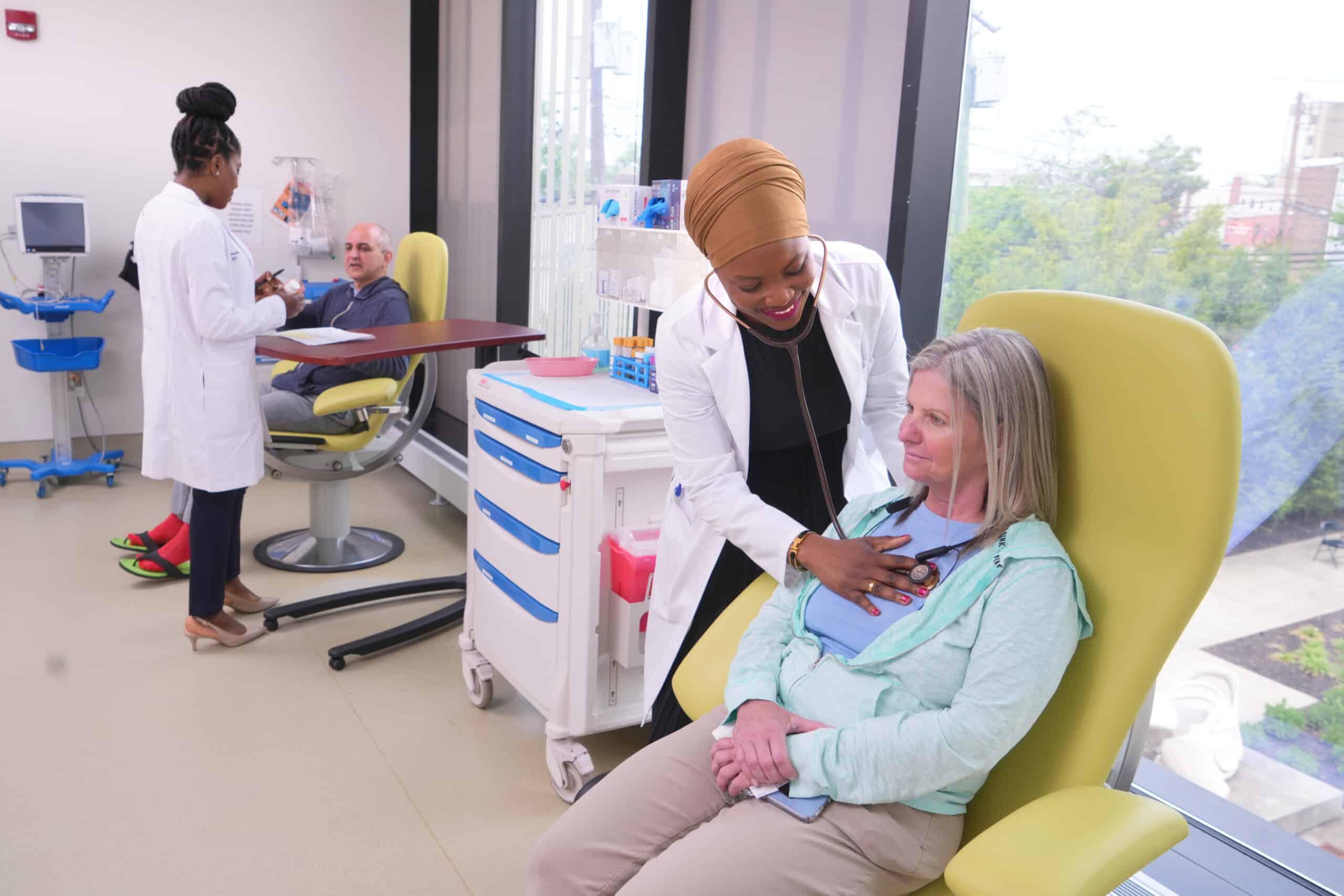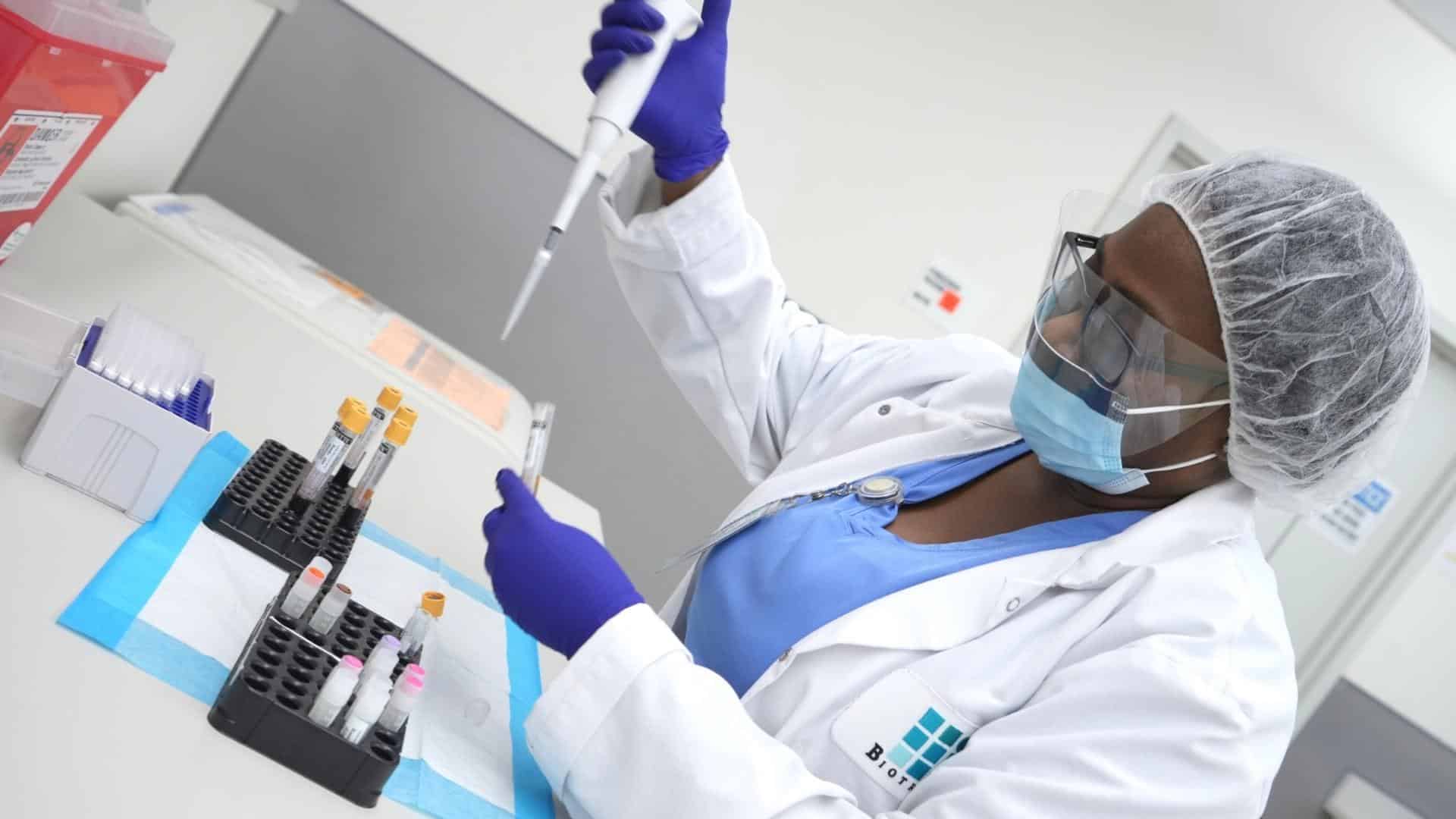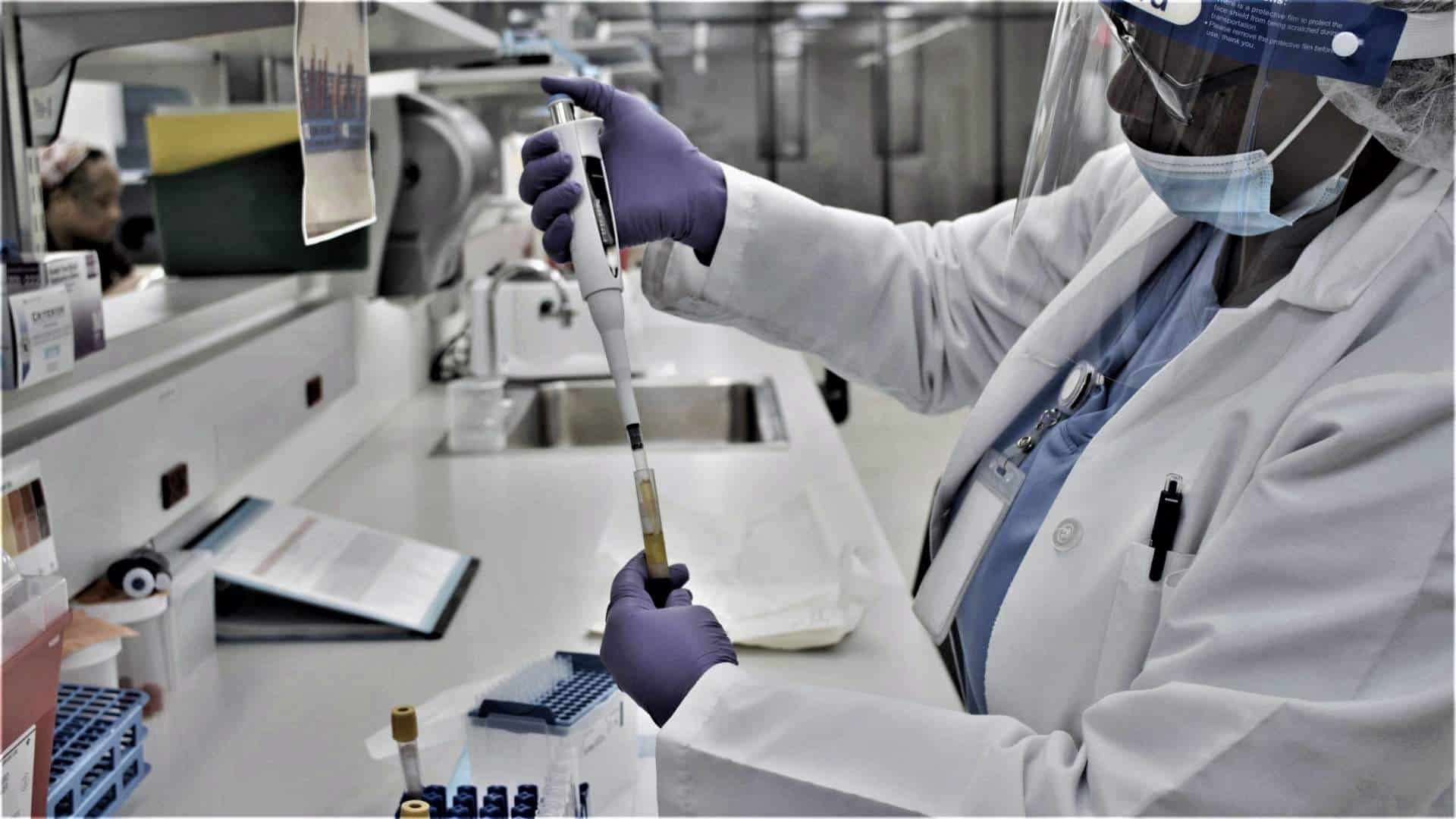Factors Influencing the Duration of Clinical Trials
The duration of a clinical trial is influenced by several key factors that can vary depending on the complexity of the study and the specifics of the treatment being tested. Understanding these factors is crucial for anticipating the timeline of a trial and managing expectations for when new treatments might become available.
Study Design
The design of the study plays a significant role in determining its length. This includes the number of phases involved, the objectives of each phase, and the endpoints that must be reached before progressing to the next stage. Trials that require long-term follow-up to observe outcomes or side effects naturally take longer than those that assess short-term effects.
Participant Recruitment
Recruiting participants can be one of the most time-consuming aspects of a clinical trial. The difficulty in finding suitable participants who meet the trial’s specific inclusion and exclusion criteria can delay the start of the trial. Moreover, trials requiring large participant numbers or focusing on rare diseases may face longer recruitment periods.
Trial Phases
Each clinical trial phase has its timeline, with Phase I focusing on safety and often taking a few months to a year. In contrast, Phase III, which involves large-scale testing for efficacy and safety, can take several years. The transition from one phase to the next depends on completing the previous phase, which can further extend the overall duration.
These factors, among others, contribute to the varying lengths of clinical trials, impacting how quickly new treatments can be tested and made available to the public. Understanding these elements is crucial for managing the expectations of researchers, participants, and patients awaiting new therapies.
Duration of Each Clinical Trial Phase
| Phase | Purpose | Estimated Duration |
| Preclinical | Lab & animal testing for safety & efficacy | 3–6 years |
| Phase I | Assess safety and dosage | A few months to 1 year |
| Phase II | Evaluate effectiveness and side effects | 1–2 years |
| Phase III | Large-scale testing for approval | 2–7 years |
| Regulatory Review | Approval by bodies like FDA or EMA | 6–10 months (can be longer) |
| Phase IV | Post-marketing long-term monitoring | Several years (ongoing) |
Preclinical Research: Timeframe and Activities Involved Before Human Trials Begin
Before a treatment reaches human trials, it undergoes extensive preclinical research, typically lasting several years. Researchers conduct laboratory experiments and animal studies during this phase to evaluate the treatment’s safety and biological activity. The goal is to gather enough data to justify testing the treatment in humans. This phase can take anywhere from 3 to 6 years, depending on the treatment’s complexity and the targeted disease.
Phase I: Typical Duration and Objectives of Early-Phase Safety Trials
Phase I trials are the first testing stage in humans and primarily focus on assessing safety, dosage, and side effects. These trials usually involve a small group of healthy volunteers or patients (20-100 participants) and are designed to determine the treatment’s safety profile and identify potential adverse reactions. The duration of Phase I trials is typically short, ranging from a few months to a year.
Phase II: Expected Length and Focus on Efficacy and Side Effects
Phase II trials expand the testing to a larger group of participants (100-300) with the condition the treatment intends to address. The primary objectives are to assess the treatment’s efficacy, further evaluate its safety, and determine the optimal dosage. This phase generally lasts longer than Phase I, often taking 1 to 2 years to complete, as it involves more participants and a greater focus on monitoring for effectiveness and side effects.
Phase III: Duration of Large-Scale Trials Needed for Regulatory Approval
Phase III trials are large-scale studies involving several hundred to several thousand participants. The goal is to confirm the treatment’s effectiveness, monitor side effects, and compare it with standard or placebo treatments. These trials provide the comprehensive data needed for regulatory approval. Due to the size and scope, Phase III trials can take anywhere from 2 to 7 years to complete, depending on the complexity of the study and the condition being treated.
Phase IV: Post-Marketing Studies and Long-Term Follow-Up Duration
Phase IV trials, or post-marketing studies, occur after a treatment is approved and available to the public. These trials focus on long-term safety and efficacy, exploring the treatment’s impact over an extended period in a broader patient population. Phase IV trials can vary widely but often last several years, as they involve ongoing monitoring and data collection to ensure the treatment remains safe and effective in the general population.
In summary, the duration of each clinical trial phase varies significantly based on the study’s goals, the treatment’s complexity, and the patient population. From preclinical research through Phase IV, the process can span over a decade, highlighting the rigorous and methodical approach required to safely bring new treatments to market.
Learn more: What Are Phase 1, 2, 3, 4 Clinical Trials? A Breakdown
How Regulatory Review Process Impacts Trial Duration
The regulatory review process is a critical step in bringing a new treatment to market, significantly impacting the overall duration of a clinical trial. After completing Phase III trials, the treatment developer compiles all the data collected throughout the clinical trials into a comprehensive submission package, typically known as a New Drug Application (NDA) or Biologics License Application (BLA) in the United States. This submission includes detailed information on the treatment’s safety, efficacy, manufacturing processes, and proposed labeling.
Regulatory agencies like the U.S. Food and Drug Administration (FDA) thoroughly review these submissions to determine whether the treatment can be approved for public use. The review process involves multiple steps, including:
- Initial Review: The agency conducts a preliminary review to ensure the application is complete and all necessary data and documentation are included.
- In-Depth Evaluation: Experts within the agency analyze the clinical trial data, focusing on the treatment’s safety, effectiveness, and potential risks. They also review manufacturing standards to ensure that the treatment can be consistently produced at a high quality.
- Advisory Committee Meetings: For particularly complex or novel treatments, the FDA may convene an independent advisory committee of experts to provide additional perspectives on the data.
- Approval Decision: After the review, the regulatory agency decides whether to approve the treatment, request additional data or studies, or deny the application.
Impact of FDA and Other Regulatory Body Approvals on Trial Timelines
The regulatory approval process can add several months or even years to the overall timeline of a clinical trial. The FDA’s standard review process takes about 10 months. Still, for treatments that address serious or life-threatening conditions, there are expedited pathways such as Priority Review, which aims to complete the review within six months.
However, even with expedited processes, the time spent on regulatory review can significantly extend from the end of Phase III trials to the treatment’s market availability. The FDA may sometimes request additional data, delaying approval and extending the trial duration. Furthermore, different countries have their regulatory bodies (e.g., the European Medicines Agency (EMA) in Europe) with varying review processes and timelines, which can affect the global launch of a new treatment.
In summary, the regulatory approval process is a crucial but time-intensive phase that adds to the overall duration of clinical trials. Understanding this process and its impact on timelines is essential for managing expectations regarding when new treatments will become available to patients.
Common Delays and How They Are Managed
Overview of Common Factors That Cause Delays in Clinical Trials
Several factors can cause delays in clinical trials, extending the time to complete the study and bringing a new treatment to market. Some of the most common sources of delays include:
- Participant Recruitment: One of the most significant challenges in clinical trials is recruiting enough participants who meet the study’s specific inclusion criteria. Slow recruitment can stall the trial’s progress and delay its start or completion.
- Regulatory Approvals: Obtaining necessary approvals from regulatory bodies, ethics committees, and institutional review boards (IRBs) can take longer than anticipated, particularly if the trial involves complex protocols or novel treatments. These approvals ensure that the trial meets all ethical and legal standards.
- Data Collection and Analysis: Delays can occur in collecting, processing, and analysis of trial data. This can be due to issues with data integrity, inconsistencies in how data is recorded across different sites, or the time required to conduct thorough analyses, especially in large-scale trials.
- Supply Chain Issues: Clinical trials require consistent and reliable access to investigational treatments, which can be disrupted by manufacturing delays, shipping problems, or issues with storage and handling.
- Protocol Amendments: Changes to the trial protocol, whether due to emerging safety concerns, new scientific insights, or logistical challenges, can lead to delays. Amending a protocol often requires additional approvals and can necessitate retraining of staff or adjustments in trial execution.
How Biotrial and Other Organizations Manage and Mitigate These Delays:
Biotrial and other experienced Contract Research Organizations (CROs) employ several strategies to manage and mitigate delays in clinical trials:
- Proactive Participant Recruitment Strategies: Biotrial uses targeted recruitment strategies, including outreach to specific patient populations, partnerships with healthcare providers, and leveraging digital platforms to reach potential participants. They also use pre-screening tools to quickly identify eligible candidates, reducing the time spent on recruitment.
- Efficient Regulatory Coordination: To minimize delays in regulatory approvals, Biotrial maintains close relationships with regulatory agencies and has in-house experts who are well-versed in navigating the approval process. By anticipating potential hurdles and preparing thorough, well-documented submissions, Biotrial can expedite the approval timeline.
- Advanced Data Management Systems: Biotrial employs robust data management systems to collect data consistently and accurately across all sites. These systems facilitate real-time data monitoring and analysis, enabling faster identification and resolution of issues and ensuring that the trial progresses smoothly.
- Supply Chain Management: Biotrial works closely with manufacturers and suppliers to avoid supply chain disruptions and ensure a steady flow of necessary products for their trials. They also implement stringent quality control measures to prevent issues related to storage and handling.
- Flexibility in Protocol Management: Biotrial has a proactive approach to managing protocol amendments. They can implement necessary adjustments with minimal disruption by anticipating potential changes and maintaining a flexible trial design. This includes streamlined processes for obtaining approvals for protocol amendments and ensuring that all team members are quickly updated on any changes.
In summary, while delays in clinical trials are common, organizations like Biotrial have the expertise and resources to effectively manage and mitigate these challenges. Through strategic planning, efficient execution, and close coordination with regulatory bodies, Biotrial ensures that trials are completed as efficiently as possible, ultimately accelerating the delivery of new treatments to patients.
Conclusion
How long do clinical trials take? The entire process—from preclinical research to post-marketing studies—can take 10 to 15 years, with each phase varying in length based on the treatment, study design, and regulatory requirements.
Understanding the duration of clinical trials is essential for everyone involved, from researchers and participants to patients and healthcare providers awaiting new treatments. Clinical trials are complex and time-intensive processes, influenced by various factors such as study design, participant recruitment, and regulatory approvals.
Despite potential delays, organizations like Biotrial use their expertise and advanced management strategies to mitigate these challenges and ensure trials are conducted as efficiently as possible.
If you want to participate in a clinical trial or learn more about how Biotrial manages these processes, sign up or contact us today. Your involvement could be crucial in bringing the next breakthrough medical treatment to patients needing a cure.




